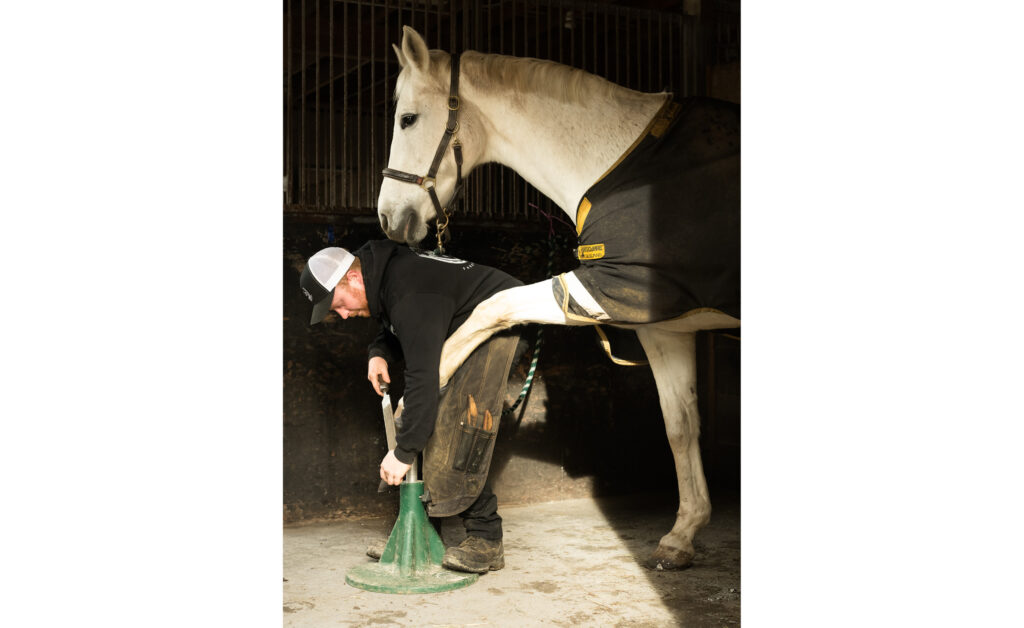Words Tasleem Jessani, Mango Tango Interiors & Simplified Living Solutions
Downsizing is a major life transition that often brings a mix of emotions.
Whether you’re moving to a smaller home, assisted living, or simply simplifying your space, the process can be overwhelming. However, with the right approach, downsizing can also strengthen family bonds and lead to thoughtful, collective decisions.
Involving Family Without Causing Stress or Conflict
Involving family members in the downsizing process requires open communication and mutual respect. Start by discussing the need to downsize early, giving everyone a chance to share concerns and thoughts. This helps avoid surprises and misunderstandings later.
Hold regular weekly meetings where each person can voice their opinions. These discussions create a collaborative space for deciding which items to keep, donate or sell. Tasks can be divided based on strengths – someone might handle paperwork, while another manages household items.
Downsizing is often emotionally challenging, as it means parting with belongings tied to memories. Be sensitive to this. Acknowledge feelings of sadness or reluctance, and approach these moments with empathy to maintain a supportive atmosphere.
Setting Boundaries and Making Joint Decisions
One of the biggest challenges in downsizing is deciding what to let go of – especially family heirlooms or sentimental items. To reduce conflict, it’s essential to set clear boundaries and a decision-making framework.
Start by identifying your goals. Are you downsizing to reduce costs, simplify your lifestyle, or prepare for a new living situation? Understanding the purpose helps guide the process and keeps everyone focused on what truly matters.
Involve family in sorting through possessions, especially when items hold emotional significance. Allow loved ones to claim cherished items before making broader decisions. To prevent feelings of exclusion, keep the process transparent and ensure every voice is heard.
Create practical timelines to avoid burnout, break tasks into manageable steps and assign responsibilities. A structured approach helps keep the process on track and reduces overwhelm, including and allowing each family member to contribute meaningfully.
Acknowledging the Emotional Side of Downsizing
Downsizing isn’t just about space – it’s a highly emotional journey, further heightened if there has been a death. It’s normal for family members to feel sadness, anxiety or even excitement. Acknowledging these feelings and creating space to talk about and process them is crucial. Have open conversations about the emotional impact of moving. For example, talk about what it means to leave behind a long-time family home or treasured possessions. Give everyone space to share their thoughts without judgment; this fosters empathy and eases tension. Consider finding ways to honour memories. Take photos of sentimental items before parting with them to preserve the memories they represent. This simple gesture can bring comfort and help validate the emotions tied to the process.
Reassure your family that downsizing isn’t about erasing the past – it’s about embracing new possibilities. By focusing on the positives, such as simplified living or exciting life changes, you can help shift the perspective from loss to growth.
Downsizing can be a meaningful and even unifying experience when approached with care. Involving family from the beginning, setting clear goals and boundaries and recognizing the emotional weight of the process can turn a potentially stressful transition into one that brings a family closer. With empathy, structure and honest dialogue, you can make downsizing a collaborative and empowering step forward.
mangotangointeriors.com




